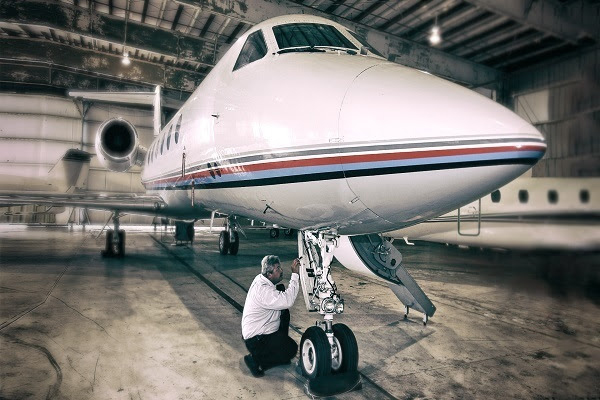The Federal Aviation Administration (FAA) signed a milestone Maintenance Agreement Guidance (MAG) recently with the Civil Aviation Authority of Singapore (CAAS). The agreement allows for mutual surveillance conducted on certified repair stations located abroad for each of the agreement partners.
It provides guidance for the implementation of the previously agreed-upon. In cases where there are sufficient certificated facilities in both partner countries, MIPs may reduce the number of surveillance activities, free up inspector resources for the authorities, and reduce the regulatory burden on industry. There are 58 FAA-approved repair stations located in Singapore.
The MAG furthers the Maintenance Implementation Procedures (MIP) agreement signed by FAA Administrator Michael Huerta and CAAS on February 16, 2016. That agreement was the first of its kind in Asia and reduces costs by allowing the reciprocal acceptance of Singapore and the United States’ surveillance of maintenance work.
The MIP and MAG permits reliance on each other’s surveillance systems to the greatest extent possible while maintaining safety. Agreements such as the MIP allow for greater efficiency and ultimately save valuable industry and authority resources. The FAA and the CAAS have agreed to conduct surveillance on each other’s behalf to ensure compliance with the respective regulatory requirements for maintenance and the applicable Special Conditions. Both agreements build on the 2004 U.S-Singapore Bilateral Safety Agreement (BASA) which has benefitted both countries by saving time and reducing costs in aircraft design and manufacturing.
FAA Assistant Administrator for NextGen James Eck and Executive Director for International Affairs Carey Fagan are participating in the World Civil Aviation Chief Executives Forum this week in Singapore as part of the agency’s continued collaboration with Association of Southeast Asian Nations (ASEAN) member states.
As part of the strong U.S.-Singapore bilateral relationship, the FAA and the CAAS also partner under Singapore’s Air Traffic Management Center of Excellence to expand understanding and build Air Traffic Management capacity in the region.



